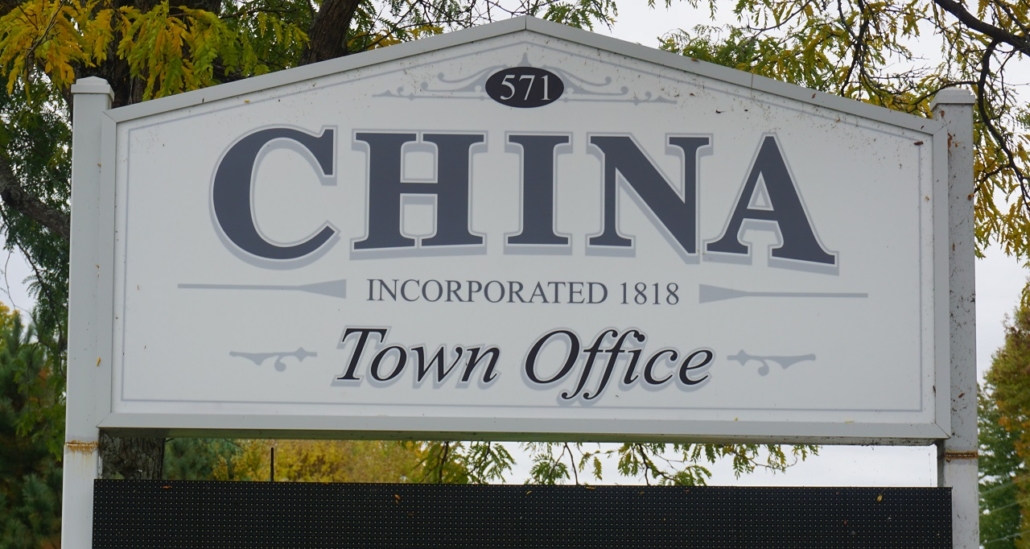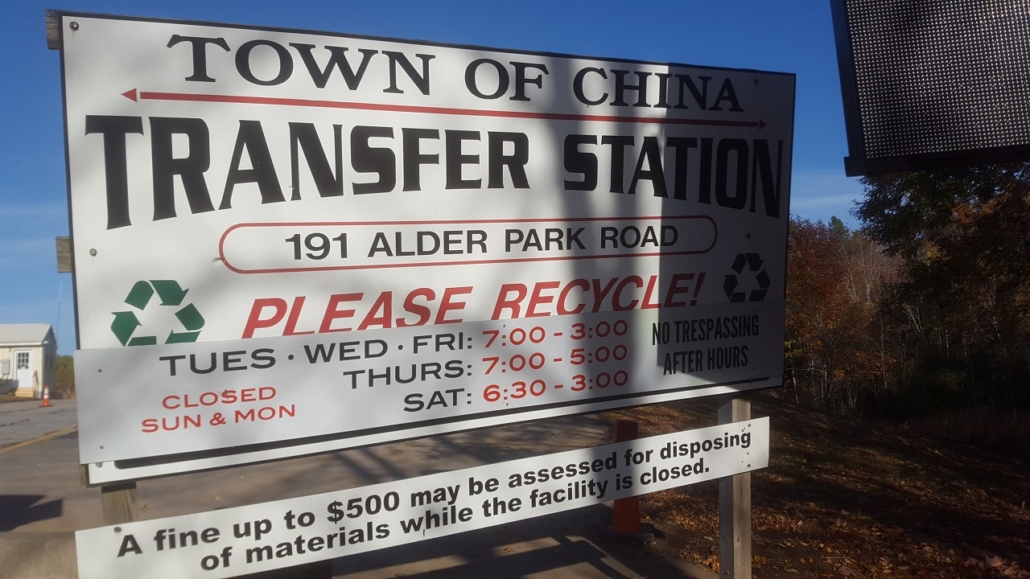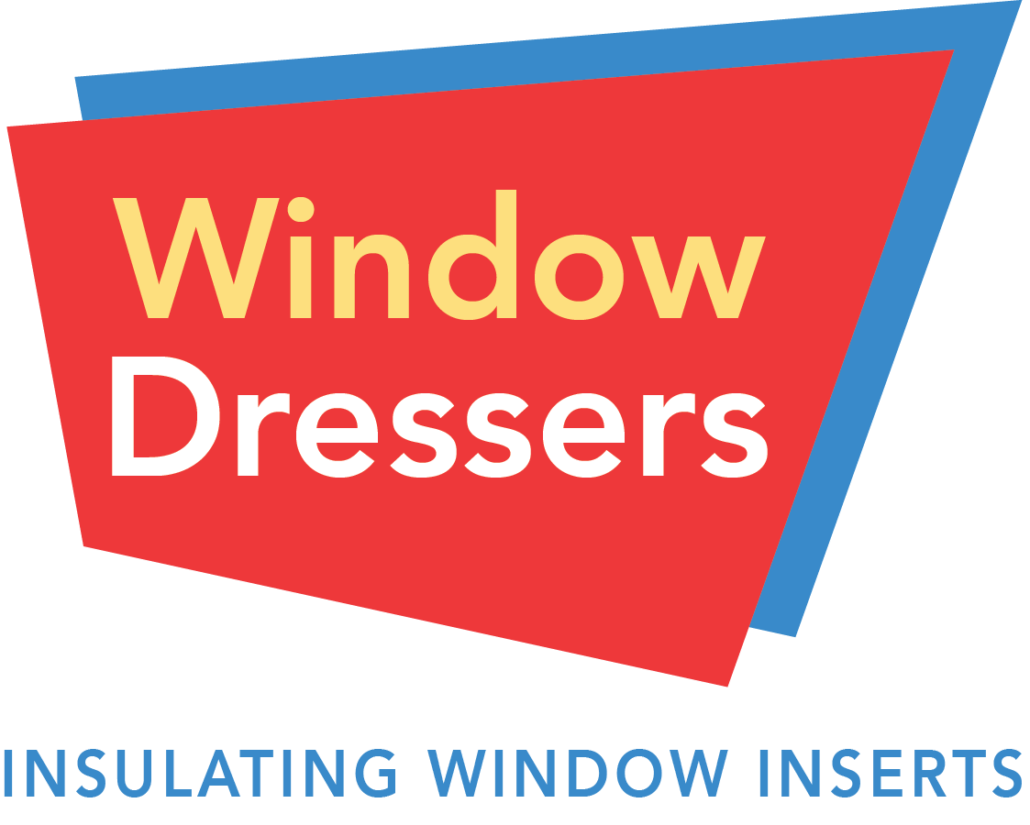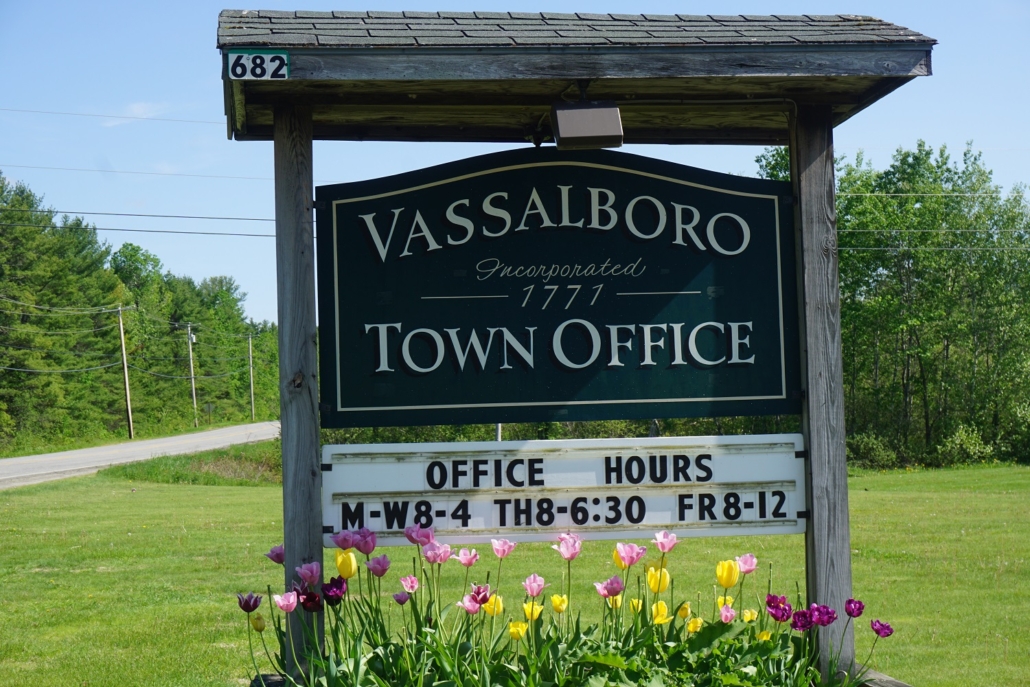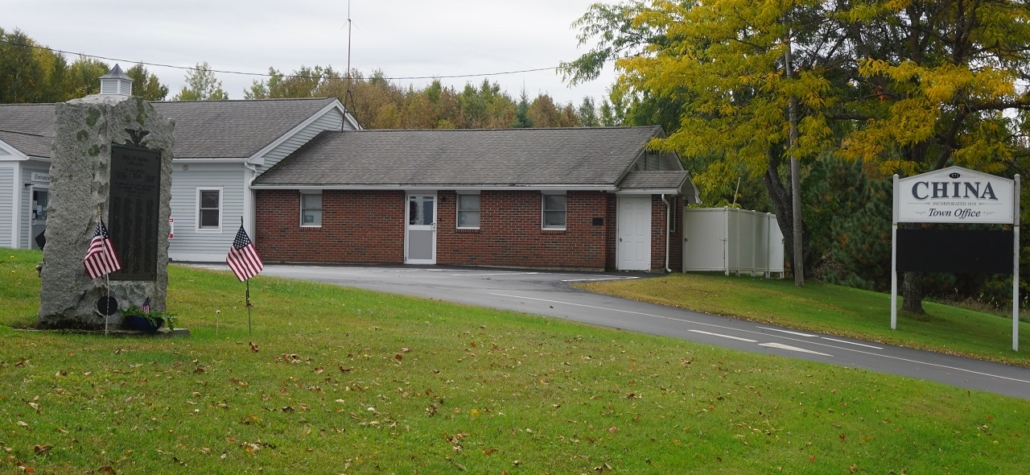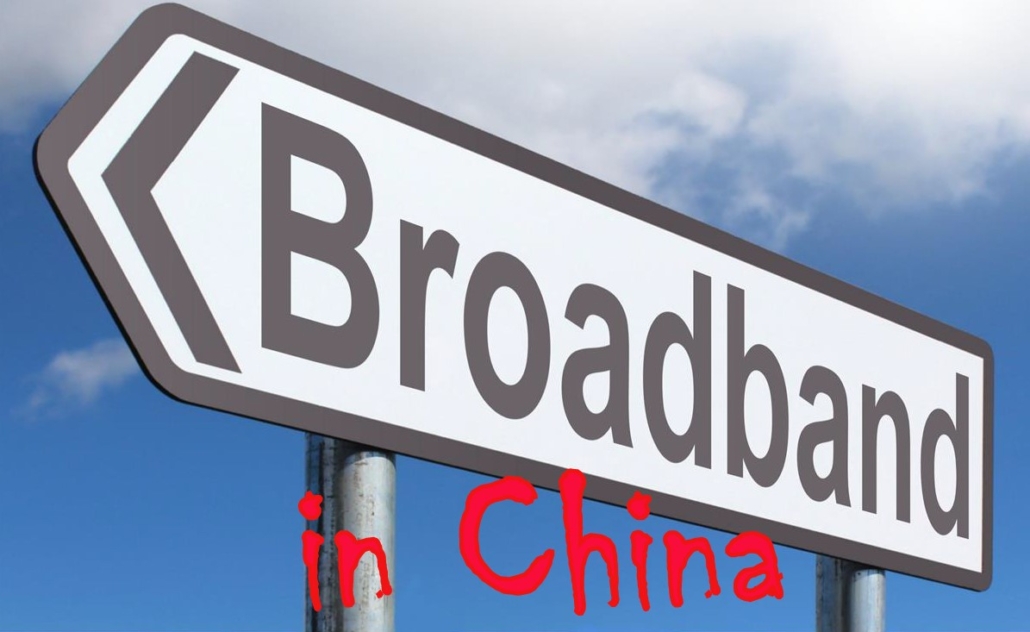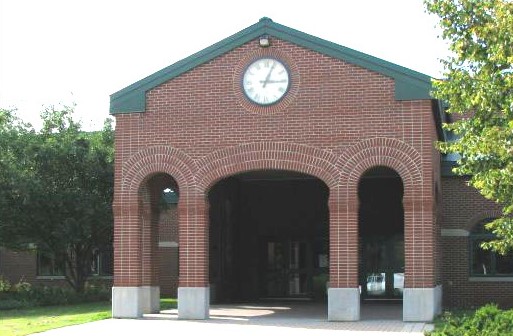The China Broadband Committee’s third public informational session, held on-line only Sept. 26 and hosted from the Albert Church Brown Memorial Library, in China Village, drew a small audience with many questions.
CBC Chairman Robert O’Connor and Axiom Technologies President Mark Ouellette repeated information from earlier public meetings: the advantages of fiberoptic cable over current local transmission methods; the plan to have subscribers, not taxpayers, cover costs; the reasonable rates; and the responsibility of Axiom for all management and maintenance.
Audience members’ questions led to additional information. Some of the on-line questions were interrupted or distorted, something CBC members expect would not happen if the fiberoptic system were in place.
Ouellette explained that the present systems have all users on the same line, so to speak, so when a lot of people are on at the same time, service slows. With fiberoptic, he said, a single fiber goes from the central office to each home; there is no sharing.
When such a system is built, extra fibers are included to accommodate future users.
(See all our stories about the China broadband initiative here.)
Asked about the system’s life expectancy, Ouellette cited federal depreciation figures giving a half-life of about 17 years. In practice, he said, he knows of fiberoptic cable working for 40 years; he would not expect fiber installed in China in the next year or so to need replacement “in our lifetimes.”
Office equipment seldom lasts as long as the cables, Ouellette said, but Axiom keeps replacements on hand.
Axiom will have a technician in or near China to do repairs that cannot be handled by a telephone call. In case of storm damage, he expects repairs would be accomplished within 48 hours.
He pointed out that before fiberoptic cables can be fixed, utilities need to deal with dangerous live electric wires. Sometimes, he said, fiberoptic cables will stretch rather than break when stressed.
Yes, he assured resident Eric Austin, promised repair times – and many other details – will be in the contract Axiom signs with town officials, assuming the project goes ahead.
The next step is the Nov. 2 vote. If voters approve the bond issue, Axiom will begin signing up future subscribers and accepting $100 down payments as evidence of serious intent. The down payments will be applied to the first monthly bills.
If enough subscribers sign up in the next six to eight months to make the project financially viable, selectmen have the option of applying to the Maine Bond Bank in the spring of 2022.
CBC members expect after the first two or three years, subscriber fees will more than cover all costs, creating a surplus for the town. Use of the surplus, if it materializes, will be a local decision, Ouellette and CBC member Tod Detre emphasized. It could be used to pay off the bond faster; to reduce subscribers’ monthly fees; to create a fund to help low-income subscribers; to reduce property taxes; or for some other town purpose.
Detre asked Ouellette what would happen if Axiom went bankrupt, and partly answered his own question: since the town would own the broadband infrastructure, town officials could offer it to another service provider.
Ouellette added that, unlike some larger companies that are serving or have served China residents, Axiom has not gone bankrupt nor changed ownership in its 17 years of existence, and doesn’t plan to. It is a Maine-based company, serving towns all over Maine.
Axiom does not have the national reach of larger companies, but loss of scale leads to an increase in customer relationships, he said. After all, he pointed out, here is the company president participating in a zoom meeting on a Sunday afternoon.
More information is available on the CBC website, chinabroadband.net.
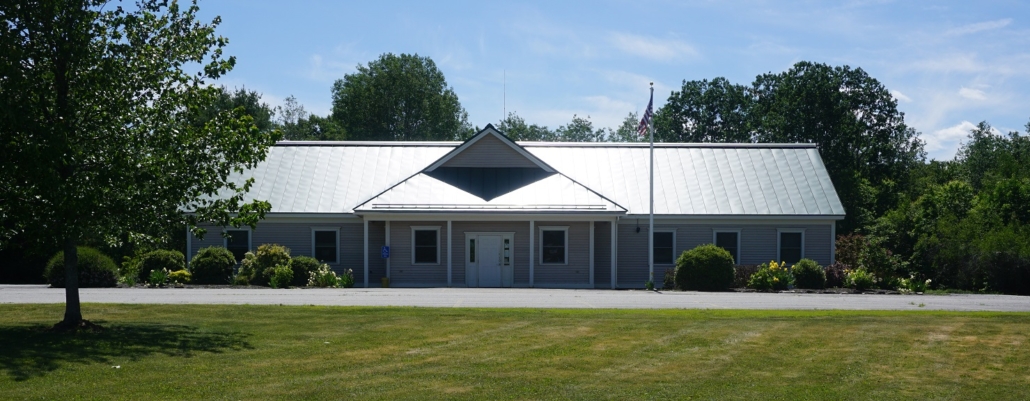 by Mary Grow
by Mary Grow

